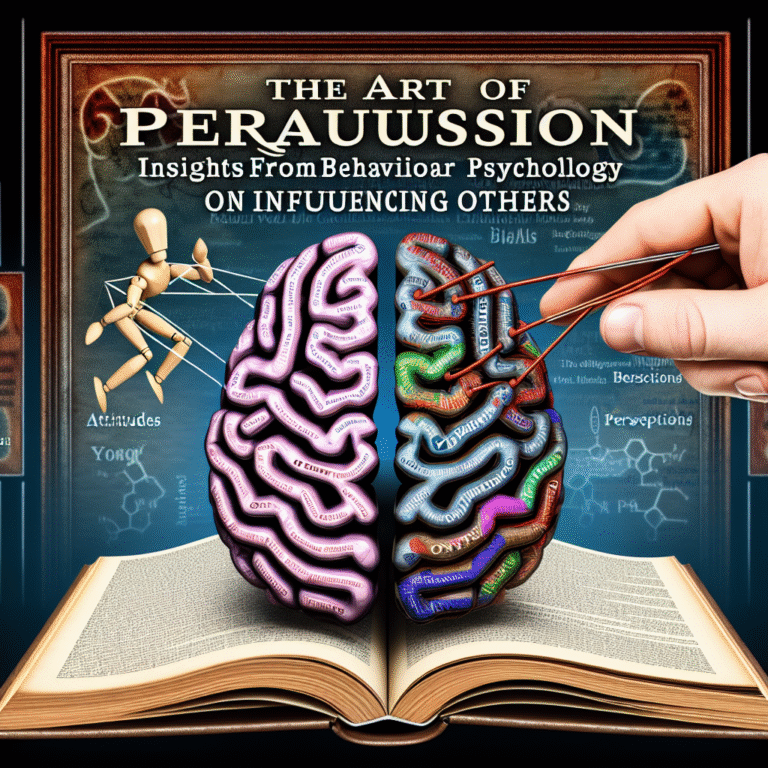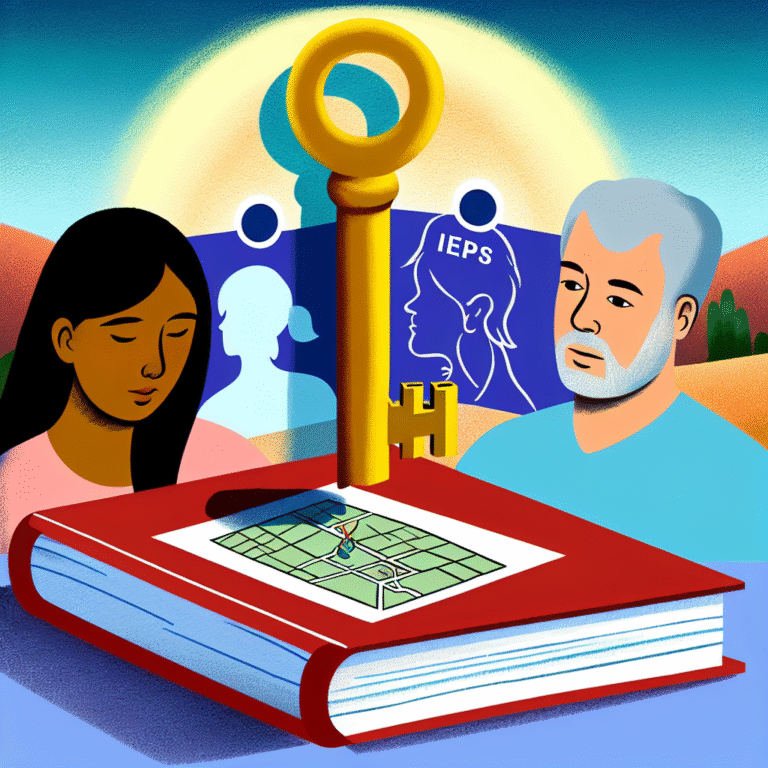
Community Insights: Collaborative Approaches to Behavioral Interventions for Autism Awareness
Introduction
Autism spectrum disorder (ASD) affects an estimated 1 in 44 children in the United States alone. As awareness increases, so does the need for effective behavioral interventions that can truly make a difference in the lives of those on the spectrum. Community Insights: Collaborative Approaches to Behavioral Interventions for Autism Awareness is an essential concept that explores how communities can come together to foster understanding, acceptance, and proactive measures to support individuals with ASD. Through collective efforts, we can create frameworks that not only enhance behavioral interventions but also promote greater awareness and acceptance within society.
Why Community Insights Matter
The innovative approaches arising from community collaboration can foster a deeper understanding of autistic behaviors and how they can be managed. By leveraging the diverse resources, skills, and perspectives within a community, we can develop interventions that are not only effective but also culturally sensitive and personalized. Engaging in a collaborative approach is not just beneficial for individuals with ASD; it offers rich insights for families, educators, and professionals involved, providing a more comprehensive support system.
The Importance of Collaborative Approaches
Understanding Behavioral Interventions
Behavioral interventions are designed to improve the skills and behaviors of individuals with autism. Traditional methods have often focused solely on the individual, missing out on the communal aspect of support. The focus on Community Insights: Collaborative Approaches to Behavioral Interventions for Autism Awareness emphasizes the importance of a network of support.
Case Studies Highlighting Community Collaboration
Case Study 1: The School Community Initiative
In a suburban school district, a community initiative known as "Building Bridges" was implemented. This program involved teachers, parents, therapists, and students in developing tailored behavioral plans for children with autism. By conducting workshops and training sessions, parents learned how to implement strategies at home while teachers received ongoing support for classroom management.
Analysis: This initiative showcased that when communities come together, they can create a strong support system that promotes transparency and responsiveness, translating into improved outcomes for students.
Case Study 2: Local Support Groups
In a rural town, a local support group consisting of families affected by autism began meeting regularly. These meetings evolved into a collaborative effort to share resources, insights, and even successful behavioral strategies. They invited professionals to speak and share evidence-based approaches tailored to their community’s unique needs.
Analysis: This case highlights the necessity of community-driven insights in forming effective behavioral strategies, demonstrating how localized support can yield powerful results.
Best Practices in Collaborative Behavioral Interventions
1. Establish Open Communication Channels
Creating a safe space for discussions encourages both caregivers and professionals to voice concerns and share successes. Communication can occur through regular meetings, online forums, or newsletters.
2. Engage Diverse Stakeholders
Incorporating varied perspectives—such as those from families, educators, clinicians, and even individuals with autism—ensures well-rounded intervention strategies. Each stakeholder provides unique insights that eventually lead to a more robust understanding of behavioral challenges and solutions.
3. Foster Inclusive Environments
By promoting understanding and acceptance of ASD in various settings, we create environments where autistic individuals feel safe and valued. Training sessions for staff in schools, workplaces, and community centers can be beneficial.
4. Evaluate and Adapt Interventions
Collect data on the effectiveness of interventions. Surveys, feedback sessions, and behavioral tracking can help adjust approaches to better meet community needs.
Table: Key Components of Collaborative Approaches
| Component | Description |
|---|---|
| Open Communication | Encourage continuous dialogue among stakeholders |
| Diverse Stakeholders | Involve families, teachers, therapists, etc. |
| Inclusive Environments | Create safe spaces for individuals with autism |
| Evaluation and Adaptation | Regularly assess and improve interventions |
Real-World Applications of Collaborative Strategies
Technology-Driven Approaches
Innovative tools like online platforms and apps facilitate communication among parents and professionals. For instance, mobile applications that track behaviors allow for real-time data sharing, which can enhance strategy formulation.
Community Events
Organizing awareness events like Autism Walks or informational booths helps to raise awareness and fosters a sense of community. These events not only provide educational resources but also create an environment of support and inclusivity.
Conclusion
The path toward effective behavioral intervention for autism is not a solo journey. It thrives on Community Insights: Collaborative Approaches to Behavioral Interventions for Autism Awareness. By promoting teamwork through communication, diversity, and inclusion, we can foster an environment capable of supporting individuals on the spectrum effectively.
As we summarize the importance of these collaborative efforts, it becomes clear that the work we do together as a community can shape the future for individuals with autism. The potential for positive change lies within our capacity to come together, listen, learn, and act.
FAQs
1. What are behavioral interventions for autism?
Behavioral interventions for autism involve strategies designed to improve specific skills and reduce challenging behaviors through tailored plans often implemented by caregivers, therapists, and educators.
2. How can a community help individuals with autism?
Communities can provide support through awareness events, training sessions, inclusive programs, and by fostering open communication. Engaging diverse stakeholders can create a well-rounded support system.
3. Why is collaboration essential in autism awareness?
Collaboration enables sharing of resources and insights, creating a more comprehensive approach to understanding and supporting individuals with autism. It emphasizes the collective responsibility and benefits a community can provide.
4. How can I support local autism initiatives?
Get involved by attending local support group meetings, volunteering, or donating to organizations focusing on autism awareness and support. Engaging with local schools can also be beneficial.
5. What steps can communities take to raise autism awareness?
Communities can host informational events, create awareness campaigns, and promote inclusivity through education. Encouraging participation from various community members offers diverse perspectives and enhances understanding.
Engaging with and promoting Community Insights: Collaborative Approaches to Behavioral Interventions for Autism Awareness creates not only awareness but also actionable strategies that can transform the lives of those affected by autism. Together, we can make a noticeable impact.














